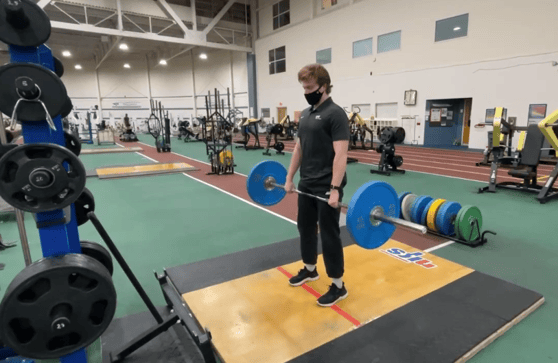Summer is perfect for being active outdoors and grilling some healthy items for cookouts. Getting together with family and friends is a wonderful way to spend a weekend afternoon and evening. Unfortunately, some barbecues can turn into really unhealthy meals quickly. Here are some simple tips to ensure you keep up healthy eating while enjoying a cookout. 
- Better your burger. Consider topping your burger with fresh and flavorful veggies such as onions and tomatoes versus higher-fat options like mayonnaise and cheese. Also, grab a whole-wheat bun to increase the fiber, or a sandwich thin to keep calories lower. Seek out lower-fat ground beef to make your burgers, such as Laura’s Lean Beef, or grab a turkey burger or a plant-based burger to grill.
- Select sides wisely. Coleslaw, potato salad, and macaroni salad are typical staples of most cookouts. However, these mayonnaise-based options are loaded with fat and calories that aren’t necessarily the best for a balanced plate. Choose a serving the size of a tennis ball to keep portions in check, or choose oil-and-vinegar or yogurt-based dishes if available.
- Fill up on fruit. This time of year is full of almost every fruit in its peak season. Load up on filling berries, cherries, and melons. Make a giant fruit salad or kabobs, or toss some peaches or pineapple on the grill and top with nonfat vanilla yogurt. If fruit pies are on the menu for dessert, choose the option with a bottom crust only and stick to one slice!
- Don’t forget the veggies. A lot of times veggies are completely forgotten at a barbecue, but these can be super tasty and easy to fix when done on the grill. Zucchini, squash, eggplant, mushrooms, and peppers are great on the grill and can easily be made into fun kabobs. Corn on the cob is technically a starchy vegetable, but it’s still a vegetable! Just be cautious with the amount of butter and salt that you load on top of it. Instead, try grilling it in foil with a touch of olive oil and squeeze a lime on it before eating. You won’t even miss the butter and salt!
- Be careful not to burn your meat. Two compounds found in charred and overcooked meats are known carcinogens. Always make sure to clean your grill to get rid of preexisting charred food bits before you start grilling, or grill on top of foil or a grill mat. Another great idea is to marinate your meats before throwing them on the grill. Not only will it increase the flavor, but it can reduce the presence of the carcinogens. Grab a meat thermometer and make sure beef, pork, fish, veal, and lamb reach 145 degrees and poultry reaches 165 degrees.
- When you are finished, go play. Challenge the kids to a game of cornhole or horseshoes. Start tossing the ball around or choose another outdoor game. The point is to not just to jump around and “burn off” dinner, but to get up and moving and away from the tempting chips and other snacks!
This blog was written by Angie Scheetz, RD. To find out more about the NIFS bloggers, click here.





 Bring in the summer with some fun ideas to get your fitness goals accomplished. Completing both circuits will help you get a jump-start on your fitness goals going into this summer. This workout can be done outside or in the gym.
Bring in the summer with some fun ideas to get your fitness goals accomplished. Completing both circuits will help you get a jump-start on your fitness goals going into this summer. This workout can be done outside or in the gym.
 What Do Your Kidneys Do?
What Do Your Kidneys Do? As a young trainer, I struggled to find my training style. I spent the first few months trying to make my clients happy, trying to make every session as hard as I could with no real connection between workouts. Our training had no direction; they were individual workouts according to what my clients wanted to work on that day. More times than not, this turned into working out one muscle group for the entire 30 minutes. I did a good job at working one muscle group, but that did not benefit them in the long term. As I grew in my education and as a trainer, I learned that there was a better approach to training: the full-body training split
As a young trainer, I struggled to find my training style. I spent the first few months trying to make my clients happy, trying to make every session as hard as I could with no real connection between workouts. Our training had no direction; they were individual workouts according to what my clients wanted to work on that day. More times than not, this turned into working out one muscle group for the entire 30 minutes. I did a good job at working one muscle group, but that did not benefit them in the long term. As I grew in my education and as a trainer, I learned that there was a better approach to training: the full-body training split